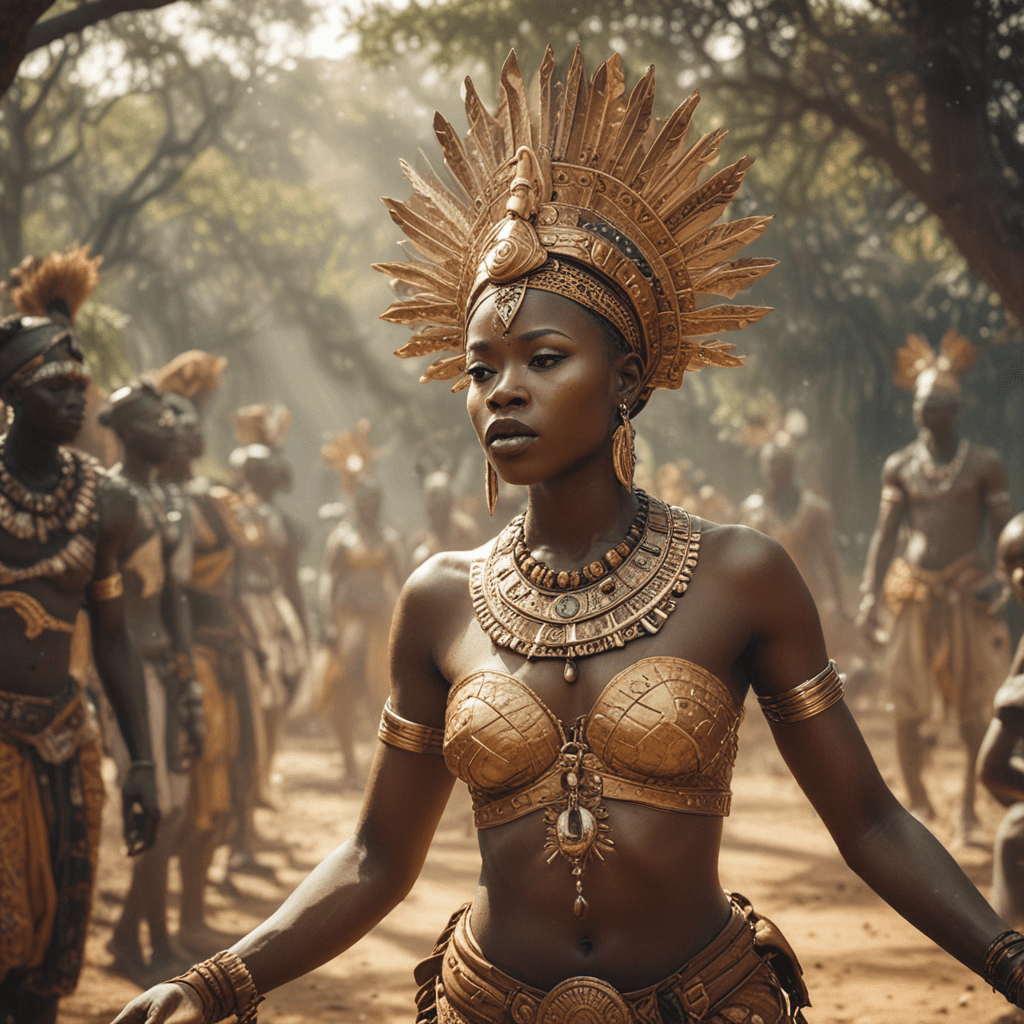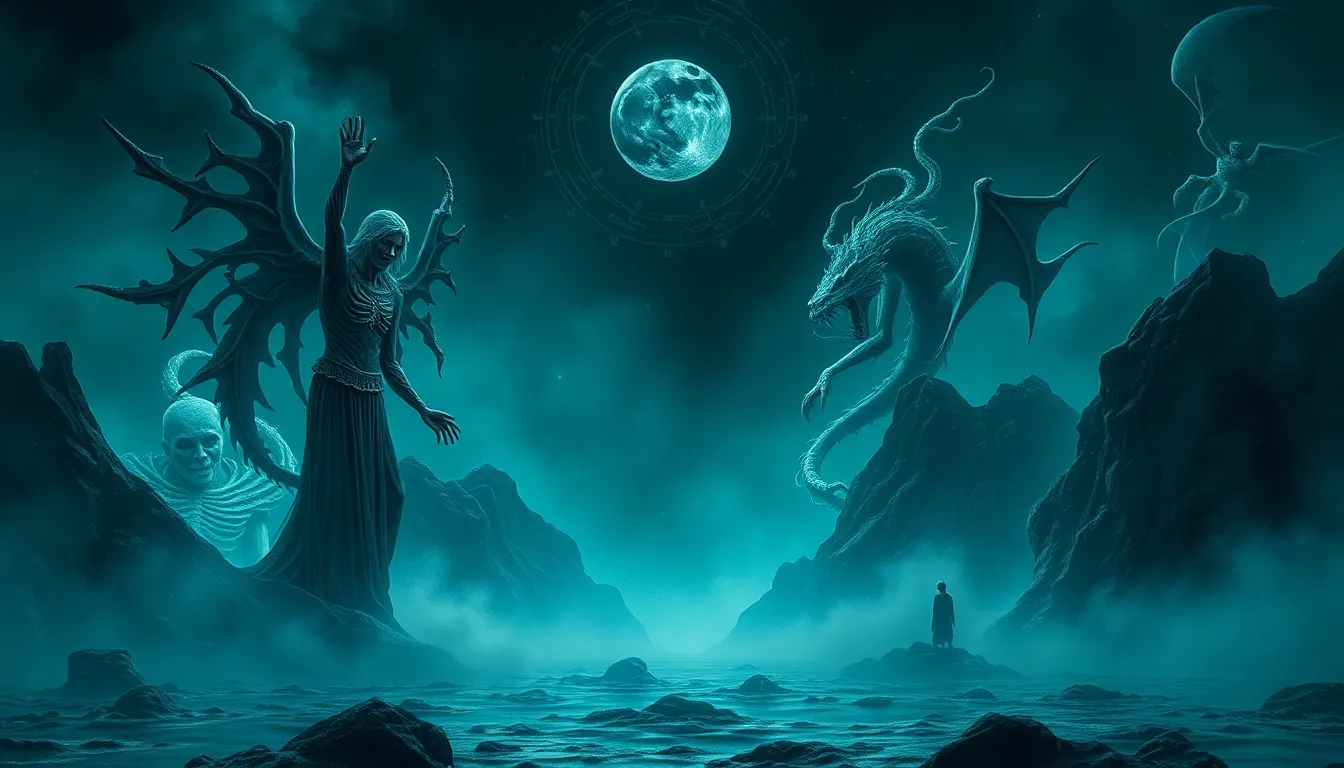1. Introduction
Storytelling holds immense cultural significance in African societies, forming an integral part of their oral tradition. Through tales passed down over generations, African mythology weaves a rich tapestry of shared beliefs, values, and wisdom. These stories, often narrated by skilled griots or storytellers, serve as a bridge between the past, present, and future, connecting communities and fostering a sense of cultural identity.
2. The Oral Tradition
In African mythology, the oral tradition plays a pivotal role in transmitting stories from one generation to another. Professional storytellers, known as griots or bards, possess a vast repertoire of tales that they memorize and pass on through captivating performances. These performances involve a combination of storytelling, singing, dancing, and often the use of musical instruments. Through their exceptional memory and oratorical skills, griots preserve and transmit the cultural heritage of their people.
3. Common Themes and Motifs
Despite the vast diversity of African cultures, certain common themes and motifs permeate their myths. One prominent theme is the origin of the universe and humankind, often expressed through creation myths that explain the genesis of the world and the placement of humans within it. Animal symbolism is also prevalent, with animals representing various human qualities or characteristics. Anthropomorphism, the attribution of human traits to animals, is commonly used to create relatable and engaging stories that convey moral lessons.
4. Trickster Characters
Trickster figures, such as Anansi the Spider in West African mythology and Brer Rabbit in African-American folklore, play a significant role in African storytelling. These characters are often clever and cunning, using their wits to outsmart others and achieve their goals. Tricksters embody both positive and negative traits, serving as cultural critics who challenge societal norms and customs while also embodying the resilience and resourcefulness of the human spirit.
5. Creation Myths
Creation myths hold a central place in African mythology, providing narratives about the origins of the universe, the creation of humans, and the establishment of social order. These myths often involve a supreme being or creator god who brings the world into existence through a series of acts or words. Variations in creation myths exist across different African cultures, reflecting the diversity of beliefs and traditions.
6. Heroes and Heroines
African mythology abounds with tales of heroes and heroines who embody the virtues and aspirations of their communities. These figures often possess extraordinary abilities or character traits that enable them to overcome challenges, protect their people, and establish order. Their stories serve as role models, inspiring individuals to strive for greatness and embody the values of courage, compassion, and wisdom.
7. Folk Tales and Fables
Folk tales and fables hold a prominent place in African storytelling, using animal characters to convey moral lessons and cultural values. These stories often employ humor and entertainment to impart wisdom and teach about the consequences of one's actions. Animal characters are given human qualities, allowing listeners to relate to them and learn from their experiences.
8. Symbolism and Metaphor
African myths and stories are rich in symbolism and metaphor, adding depth and layers of meaning to the narratives. Specific objects, actions, or characters may represent abstract concepts or cultural values. By interpreting these symbols, listeners gain a deeper understanding of the underlying messages and beliefs conveyed through the stories.
9. The Power of the Spoken Word
In African mythology, storytelling is not merely a passive recounting of events but a performative art form. Storytellers use rhythm, tone, gestures, and facial expressions to enhance the impact of their narratives. These performances create a captivating and immersive experience, drawing listeners into the world of the story and fostering a sense of connection between the storyteller and the audience.
10. Conclusion
The art of storytelling in African mythology is a vibrant and multifaceted tradition that continues to captivate and inspire generations. Through its oral nature, common themes, and captivating characters, African mythology weaves a rich tapestry of cultural identity, moral lessons, and historical narratives. It serves as a bridge between the past, present, and future, connecting communities and preserving the collective wisdom of the African diaspora.
FAQs
What is the role of griots in African storytelling?
Griots are professional storytellers responsible for preserving and transmitting cultural traditions through oral performances.What common themes are found in African creation myths?
Creation myths often explain the origin of the universe, the creation of humans, and the establishment of social order.Why are trickster characters important in African mythology?
Trickster figures symbolize resilience, resourcefulness, and the ability to challenge societal norms.
How is symbolism used in African mythology?
Symbols and metaphors add depth to stories, representing abstract concepts and cultural values.What makes African storytelling a unique and powerful tradition?
The oral performance aspect, captivating characters, and the ability to connect with audiences on a personal level make African storytelling a distinct and impactful art form.



